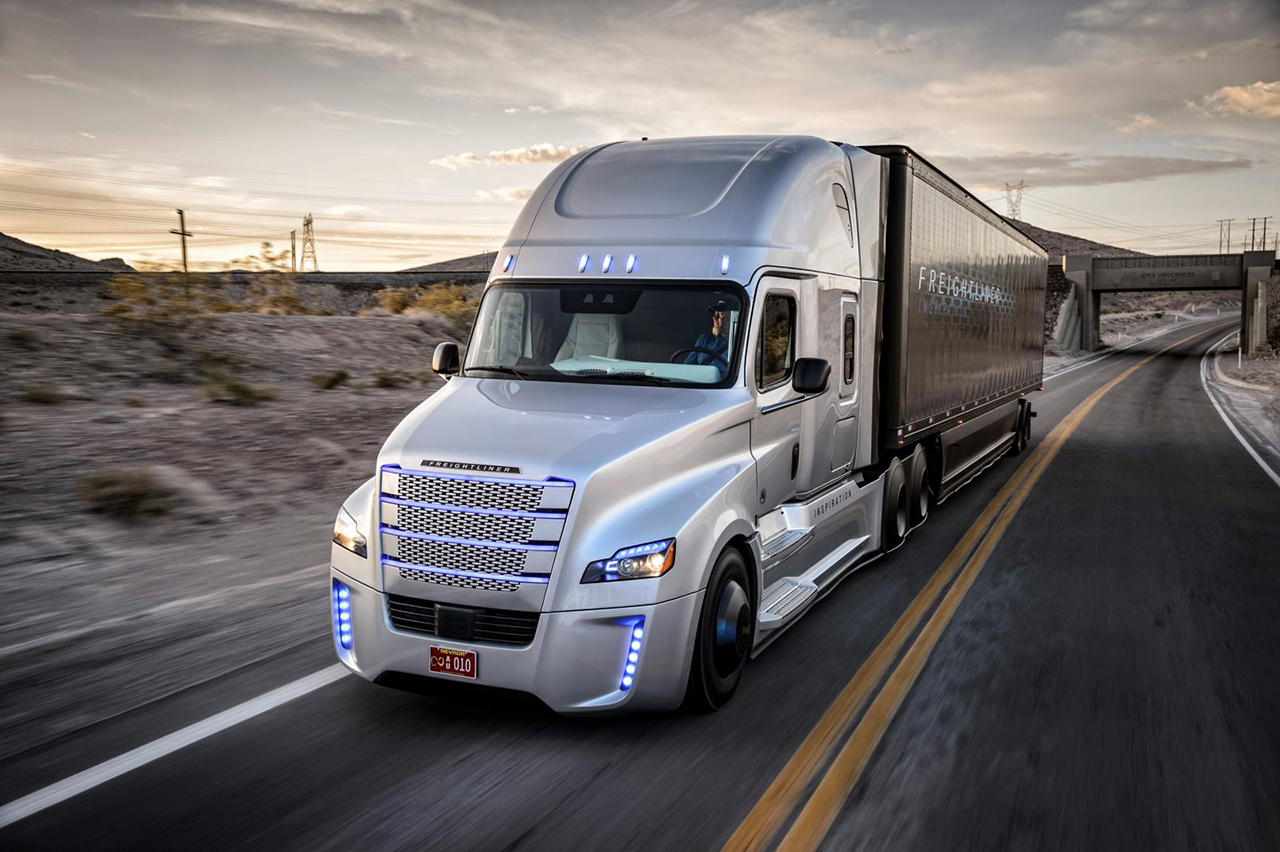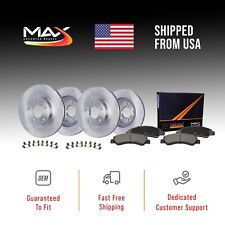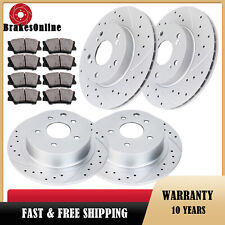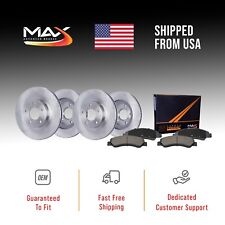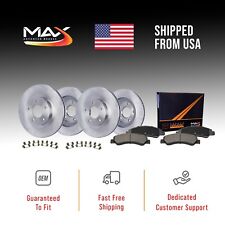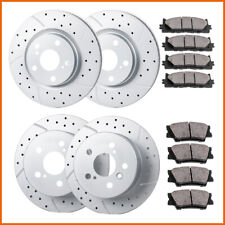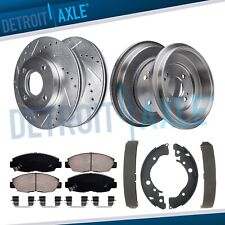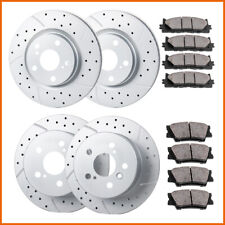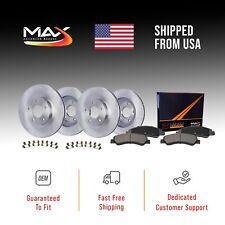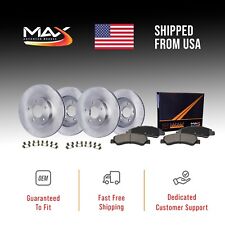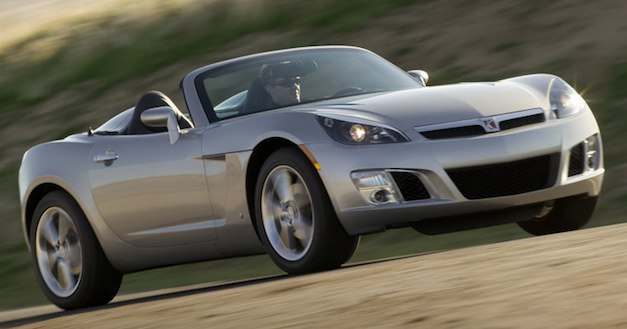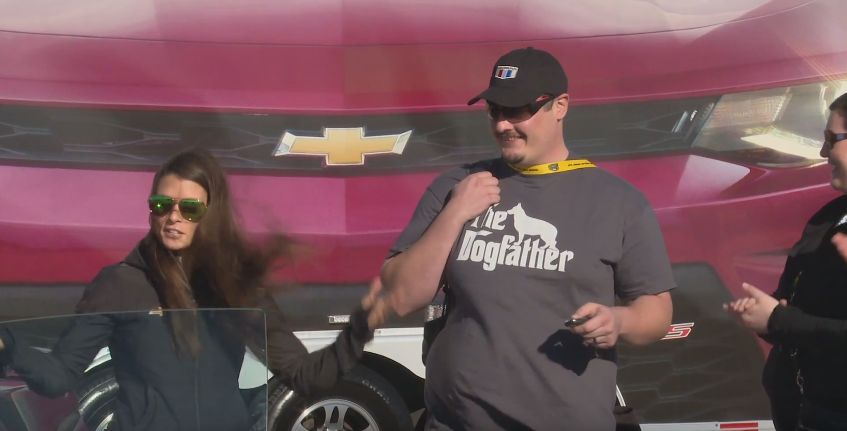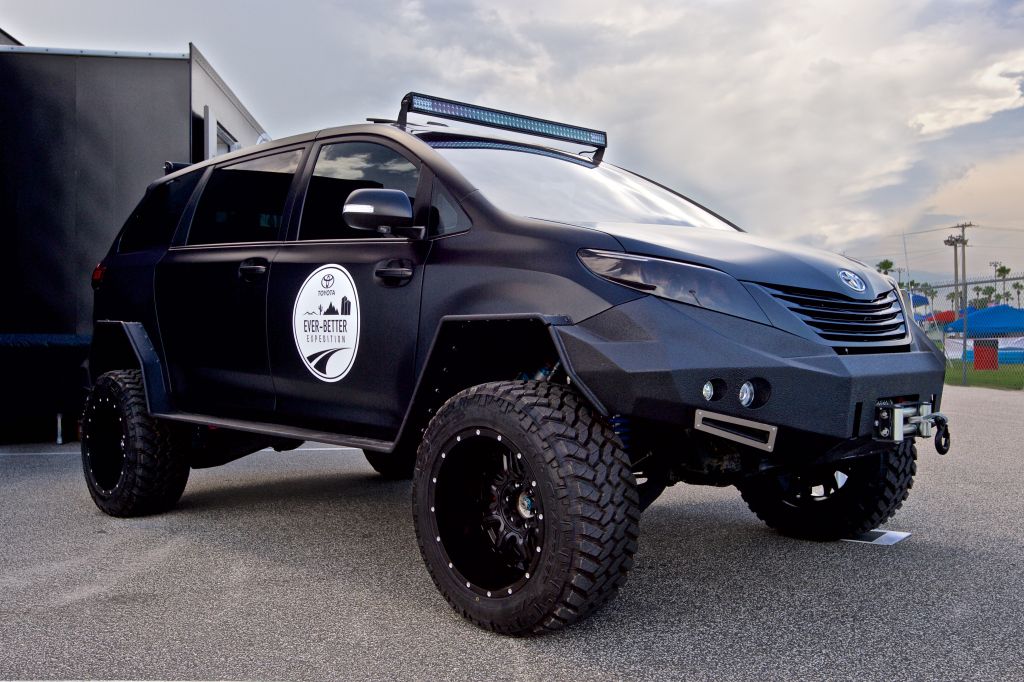Freightliner debuts the the “first licensed autonomous driving truck”
If you weren’t aware, Freightliner is owned by Daimler AG, which is the same parent to Mercedes-Benz. That of course means Freightliner is one of the leaders of technology and innovation in the world of big-rigs.
And what better way to live up to this reputation by being the first to build a “licensed autonomous driving truck.” What does mean? It means that it’s officially approved for road use, except only in the state of Nevada.
Based on one of the US Freightliner Cascadia models, the new autonomous truck follows in the wake of the Mercedes-Benz Future Truck 2025 from last year, revealed by Daimler Trucks.
The new truck uses a Highway Pilot system based off of the one from the Future Truck, and consists of an array of front radar and stereo-based cameras for the Adaptive Cruise Control. Through the system’s research and development, it was tested over 10,000 miles in Papenburg, Germany.
Should the technology gain momentum, it could prove to be a useful tool for the truckers who live long hours on the road.
For full details, check out the press release below.
————————-

